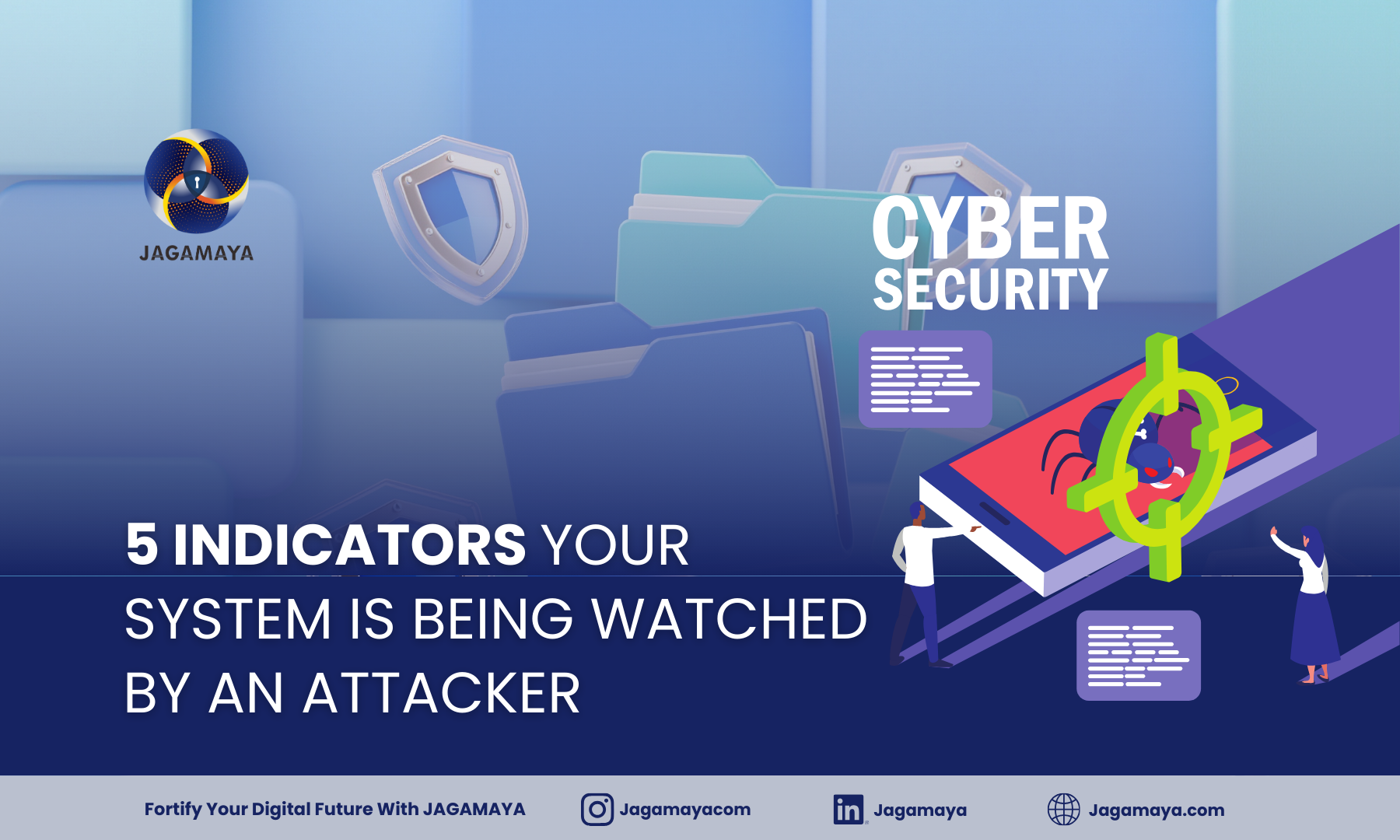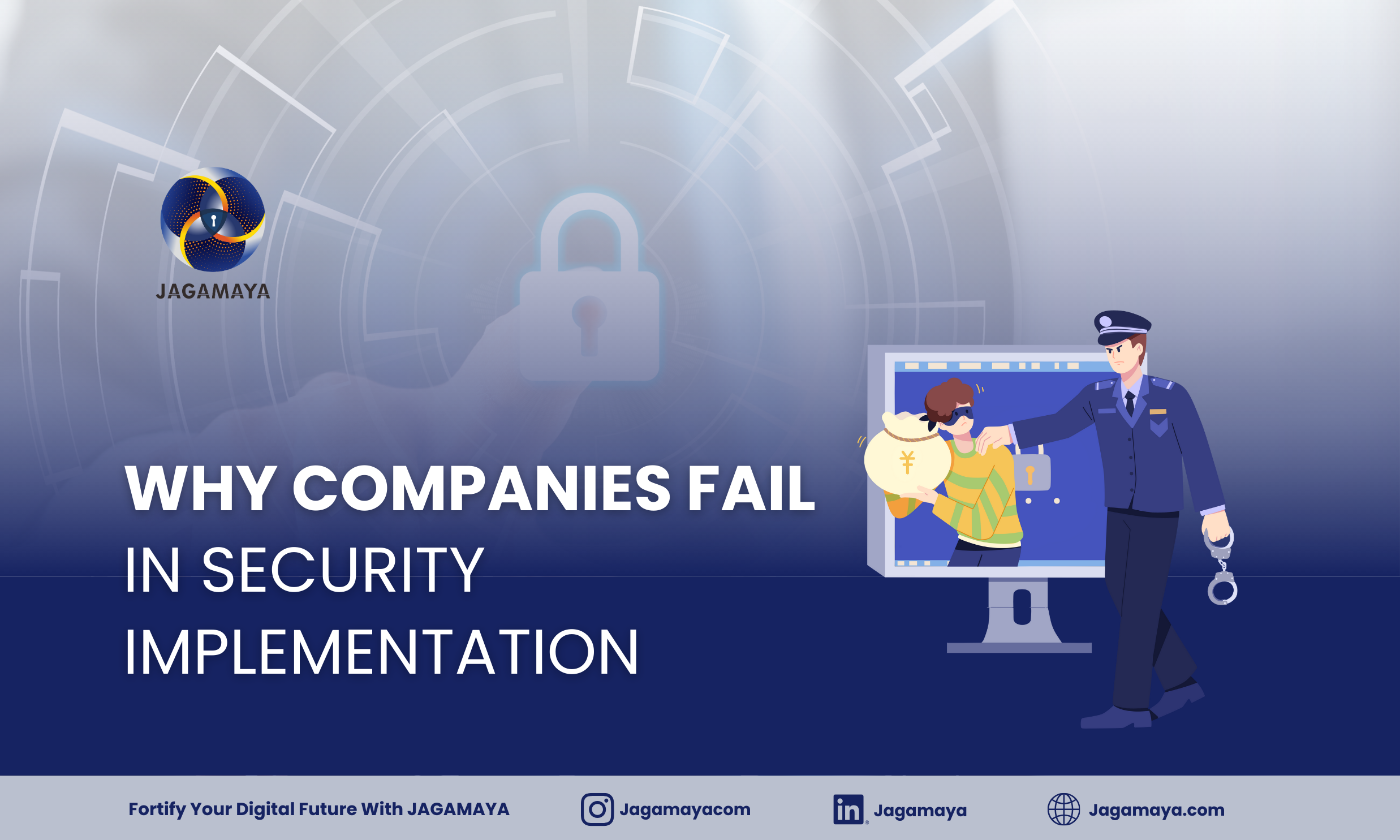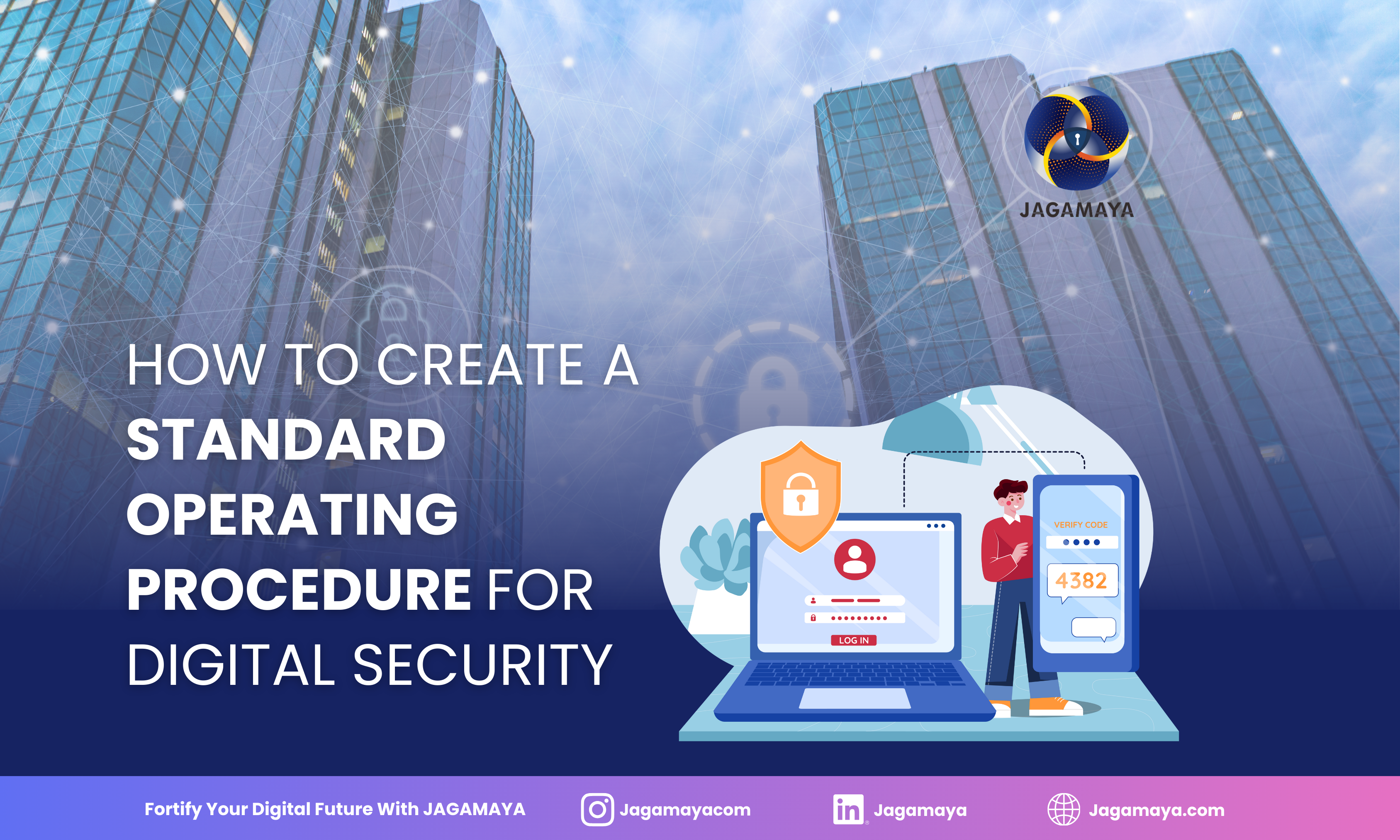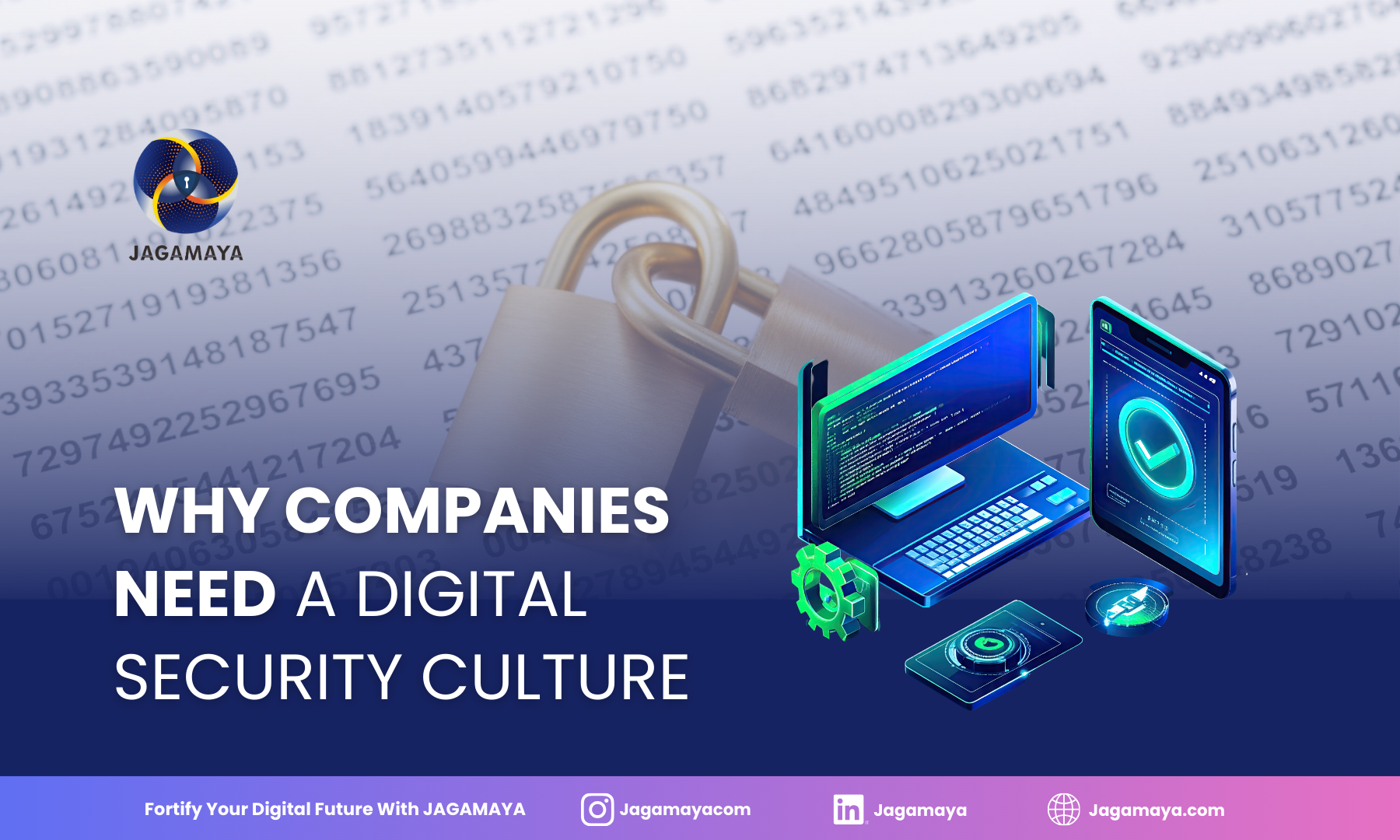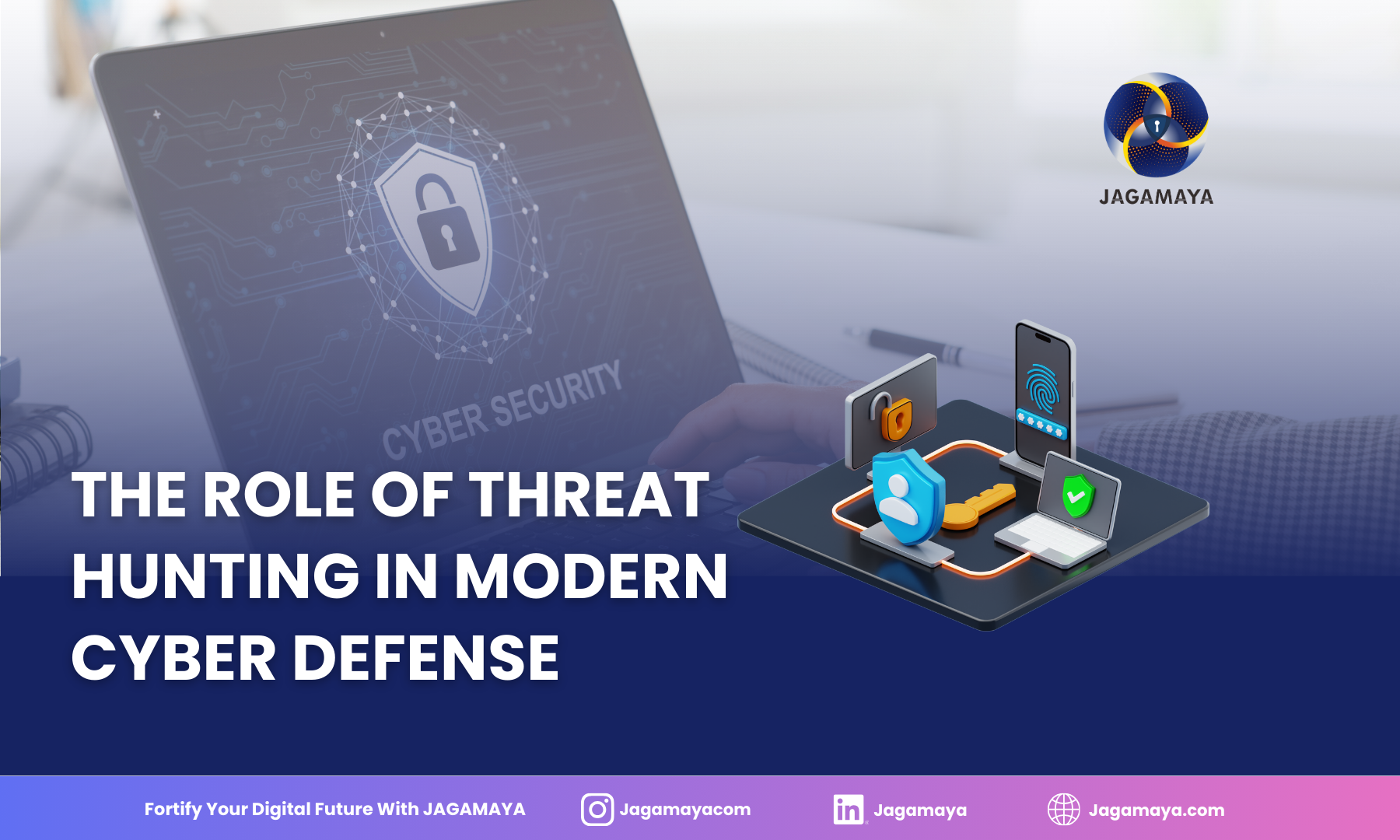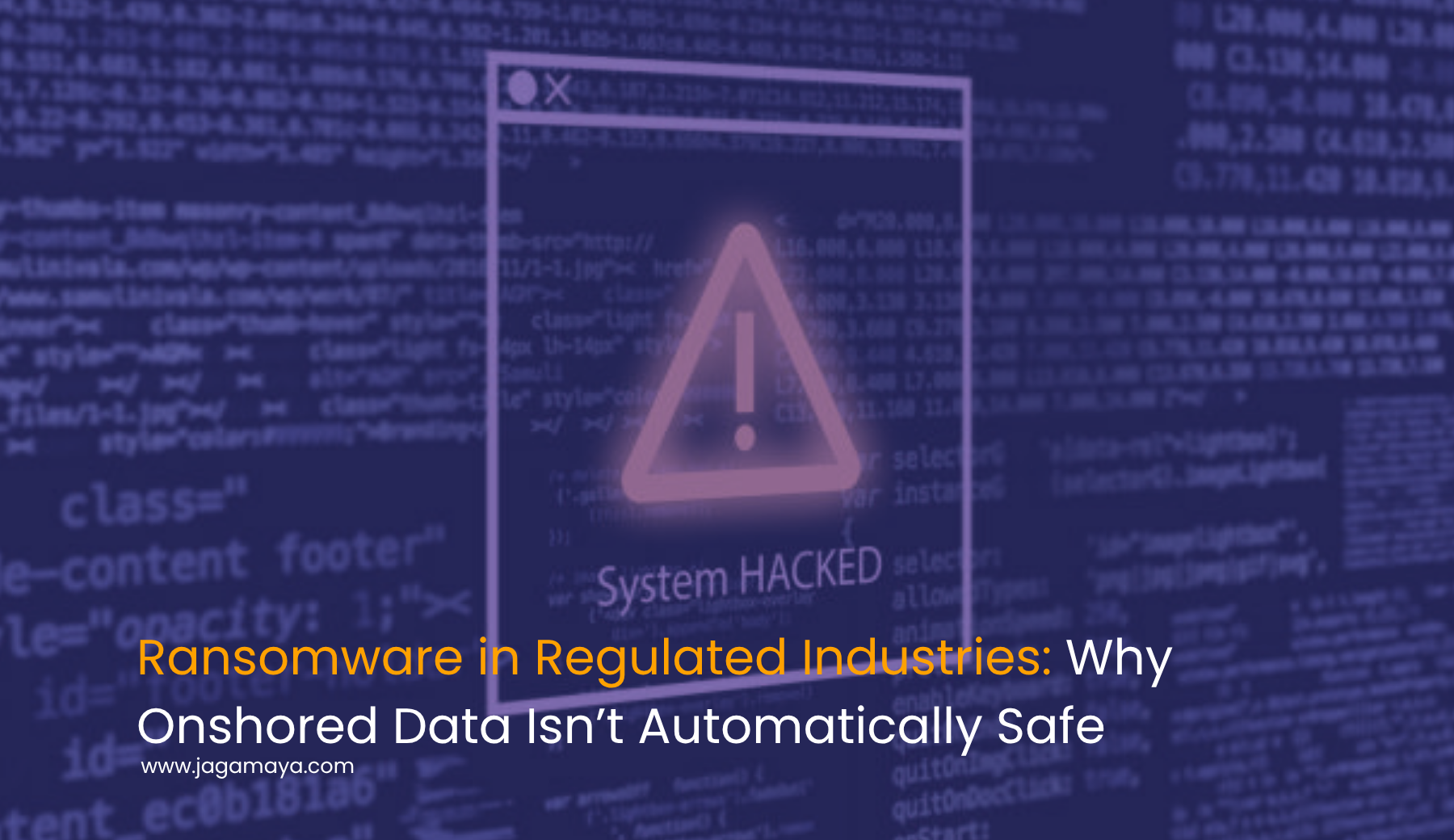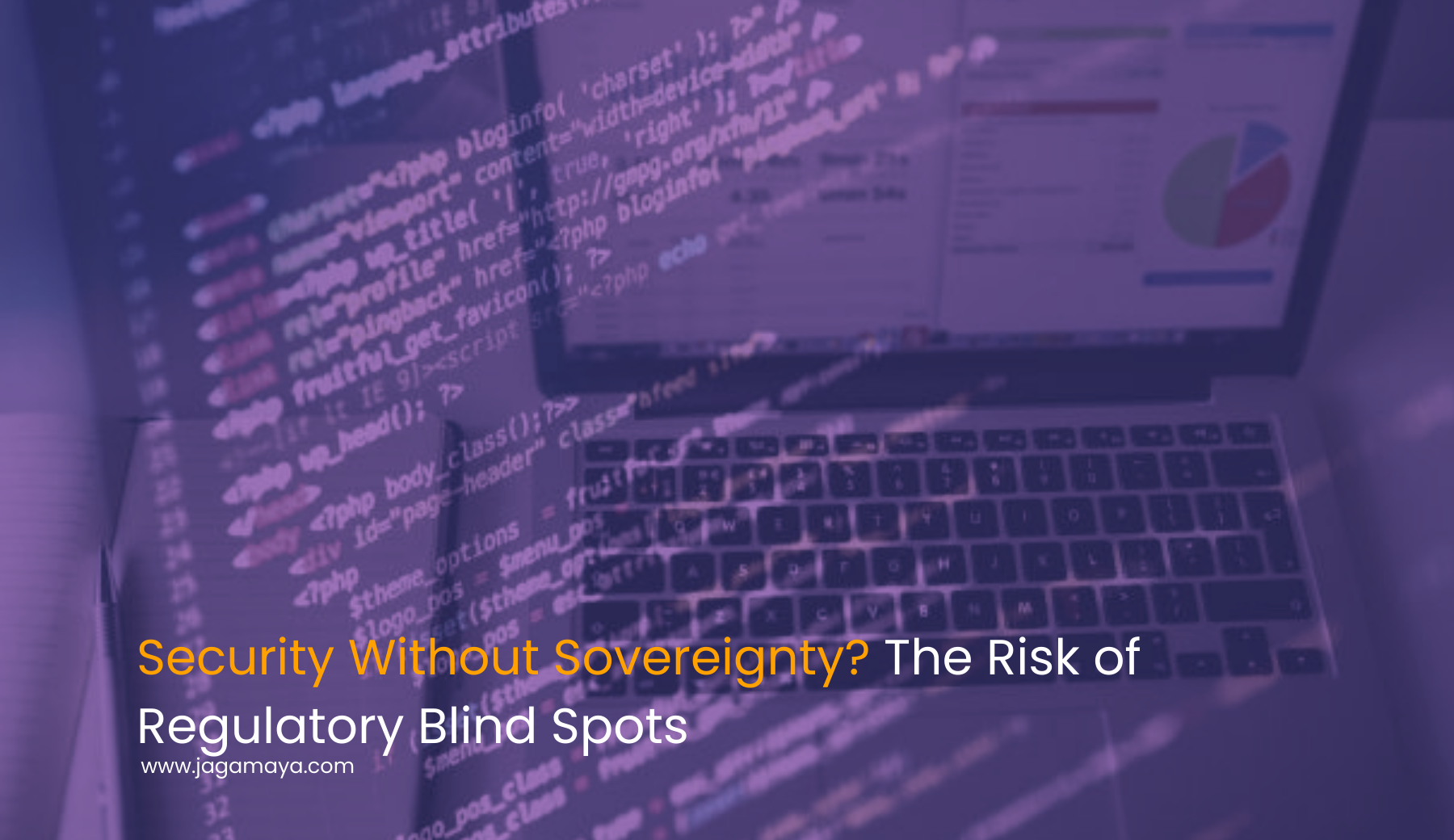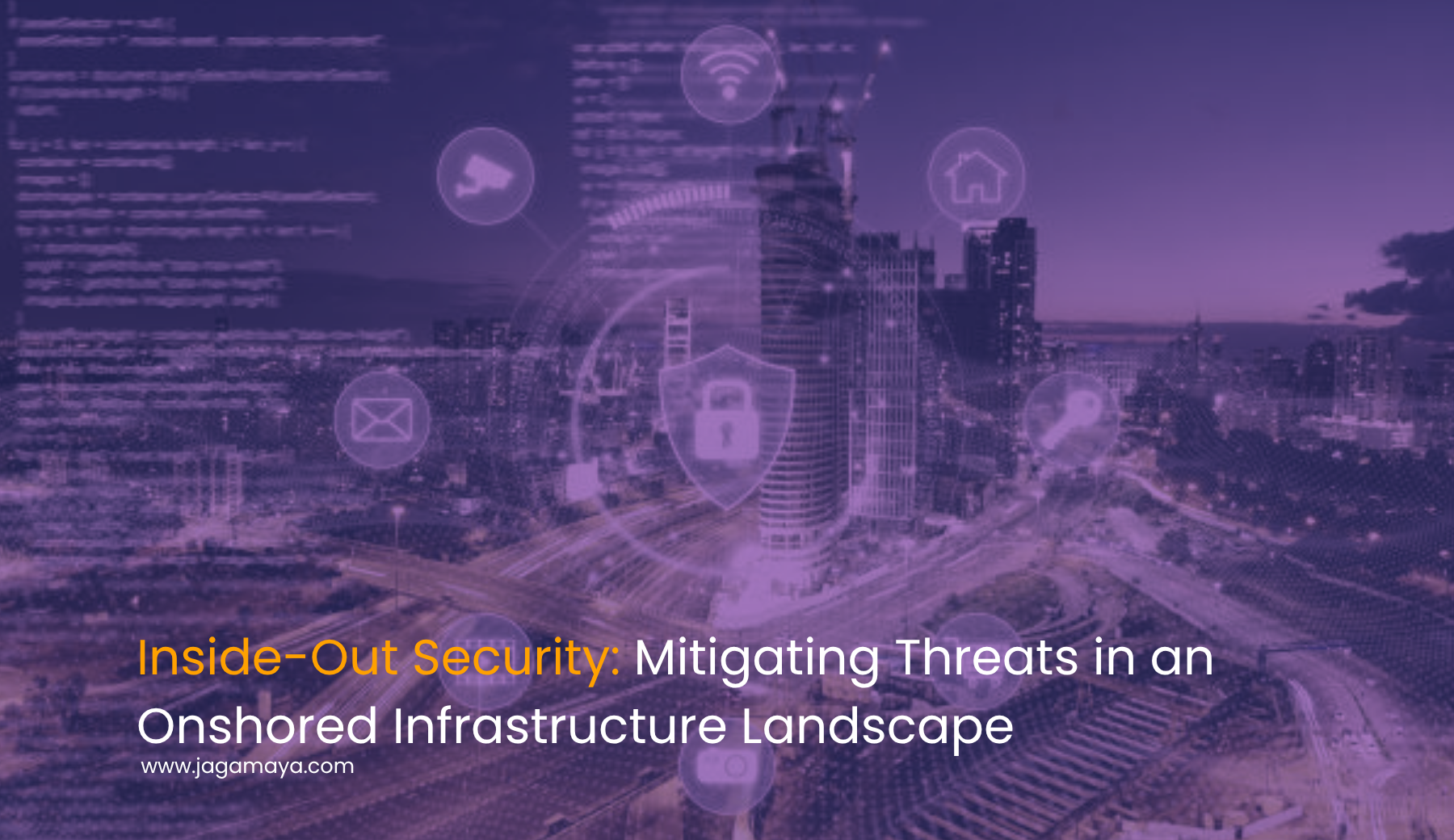Modern cyberattacks rarely happen instantly. Before an attacker launches ransomware, steals data, or disrupts operations, they often observe, probe, and study your environment.
This early stage — known as reconnaissance and surveillance — is where most organizations fail to detect danger. Because the signs are subtle, slow, and often mistaken as “normal system activity,” attackers gain time to map your network and prepare a deeper compromise.
Based on Jagamaya’s real-world experience in Threat Hunting, vSOC 24/7 monitoring, Red Teaming, and Endpoint Security, here are the 5 key indicators that your system may already be under attacker observation.
1. Unusual Login Attempts — Even If They Don’t Succeed
Attackers often begin by testing credentials, probing accounts, or attempting login variations.
Common early signs include:
- Login attempts at unusual hours
- Access requests from foreign or unknown locations
- Repeated failed logins across multiple accounts
- Attempts targeting privileged roles
Even unsuccessful attempts indicate reconnaissance. They are testing your authentication boundaries before moving deeper.
2. Unexpected Network Scanning or Port Probing
When attackers watch your system, they scan:
- Open ports
- Active services
- Internal network structure
- Firewall weaknesses
This activity often appears as small bursts of unusual traffic — subtle but detectable with proper monitoring. Jagamaya’s vSOC identifies these patterns early by analyzing network anomalies.
3. Abnormal Behavior on Endpoints
Endpoints are the easiest place for attackers to start reconnaissance.
Warning signs include:
- Unexpected processes running in the background
- Unknown executables or scripts
- CPU / RAM spikes without clear reasons
- Suspicious scheduled tasks
- Browser or system logs showing unknown activity
Attackers may be quietly gathering information, capturing keystrokes, or mapping your local environment.
4. Sudden Interest in Sensitive Files or Directories
If attackers infiltrate even a small endpoint or misconfigured cloud resource, they immediately search for value.
Indicators include:
- Increased access to sensitive folders
- Access from accounts that normally don’t use those files
- Repeated attempts to open restricted directories
- Large volumes of metadata being read but not modified
This behavior often signals data reconnaissance — a precursor to theft or exfiltration.
5. Lateral Movement Tests or Privilege Escalation Attempts
When attackers watch your environment long enough, they eventually begin small tests to move deeper.
Signs include:
- Access attempts to systems outside normal workflows
- Requests for elevated privileges
- Credential harvesting indicators
- Internal system scans
- Attempts to reach servers from unrelated departments
These actions reveal that attackers are preparing to escalate — and your environment is already compromised.
Conclusion: Early Detection Is Everything
Attackers rarely strike immediately. They observe, assess, and quietly explore your system. The earlier you detect these subtle indicators, the easier it is to stop an attack before real damage occurs.
This is why Jagamaya combines:
- vSOC 24/7 continuous monitoring
- Threat Hunting
- Endpoint & Network Security
- Red Teaming simulation
- Governance and compliance controls
Together, we help organizations detect attacker behavior long before the attack becomes visible or destructive.
A system that is being watched is a system already at risk — and early detection is your strongest defense.

